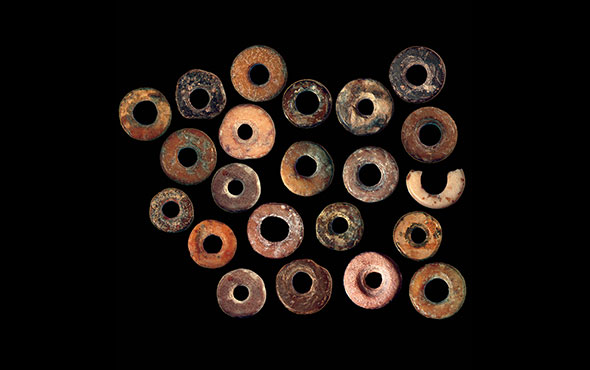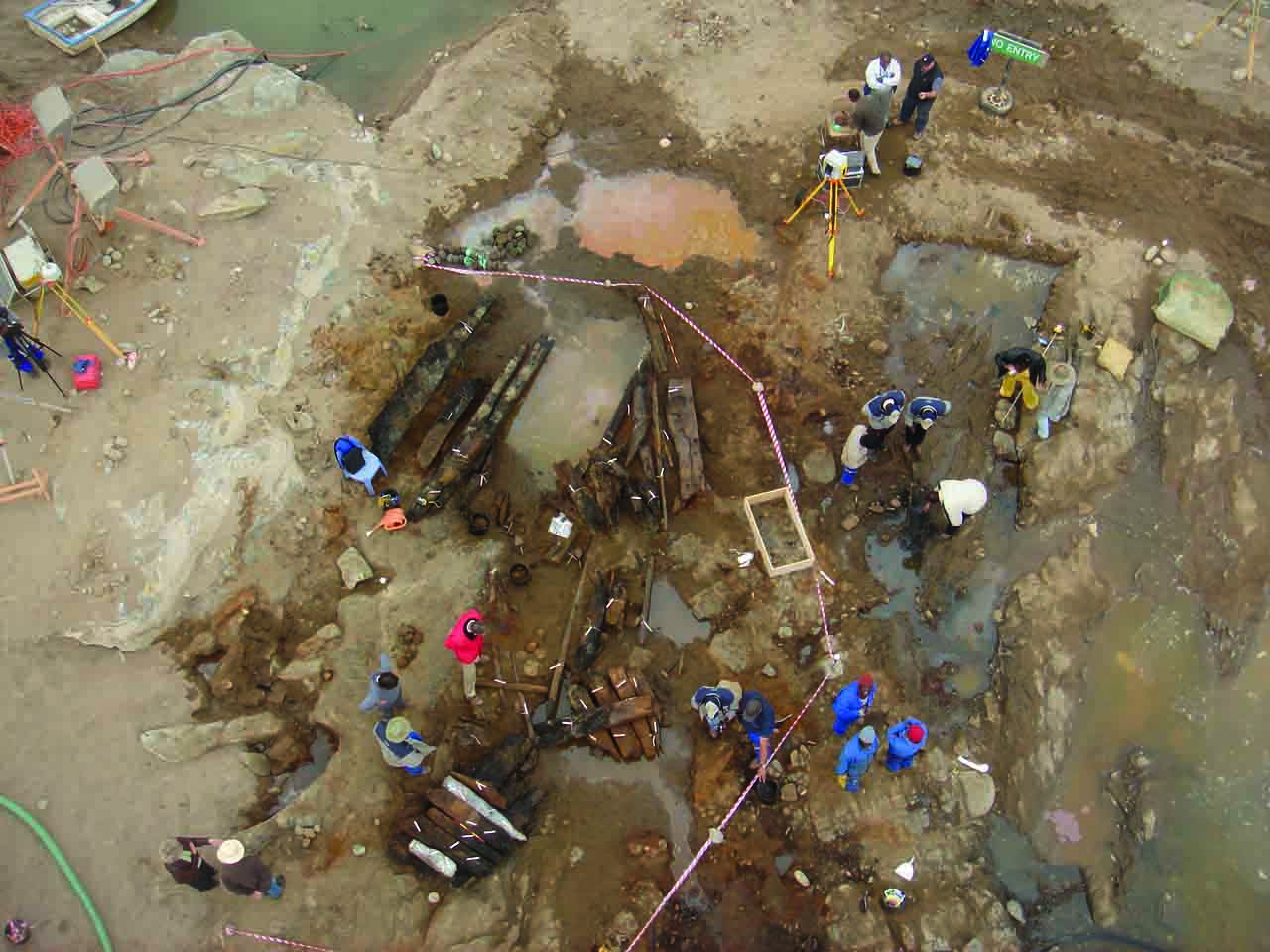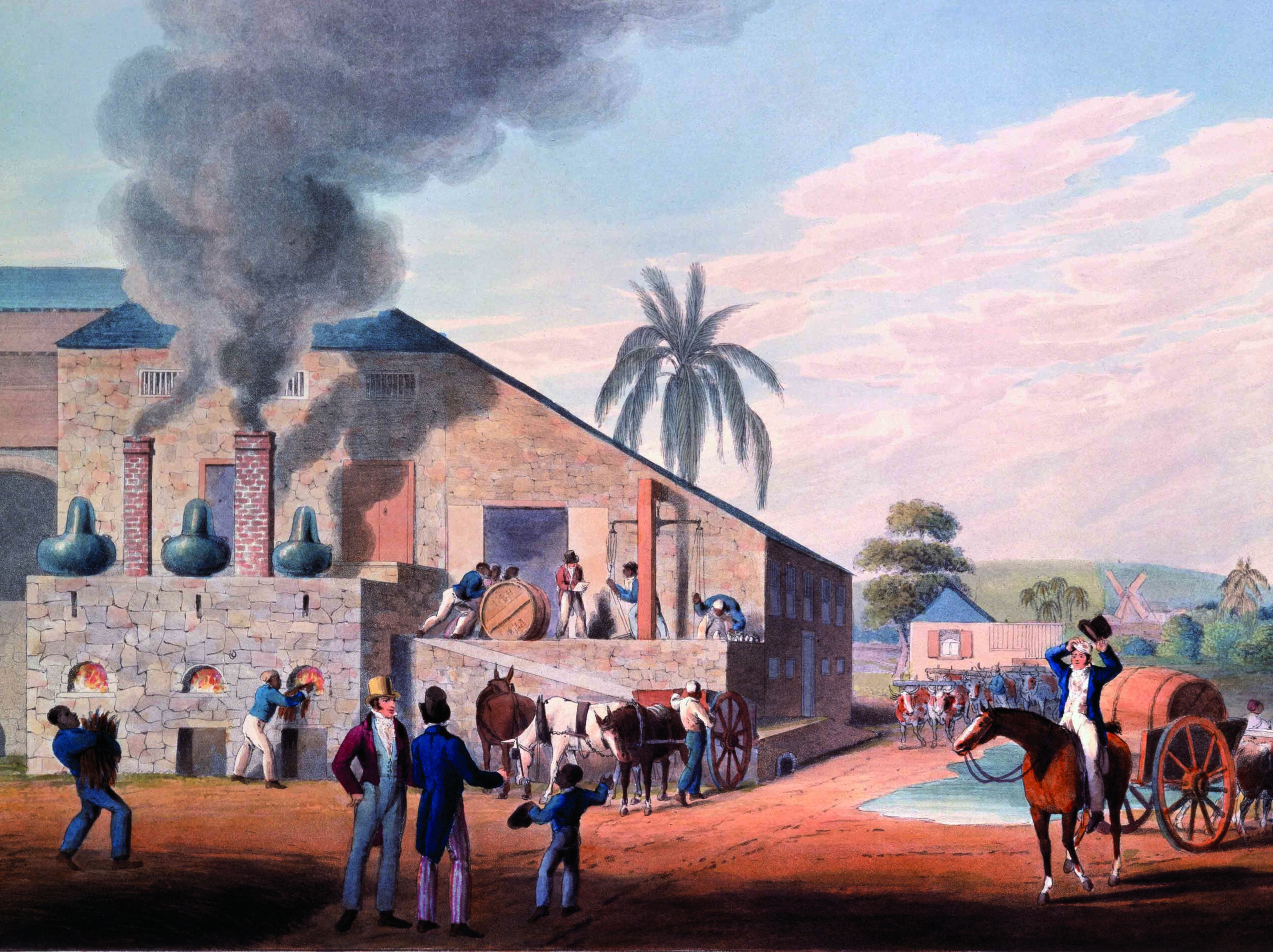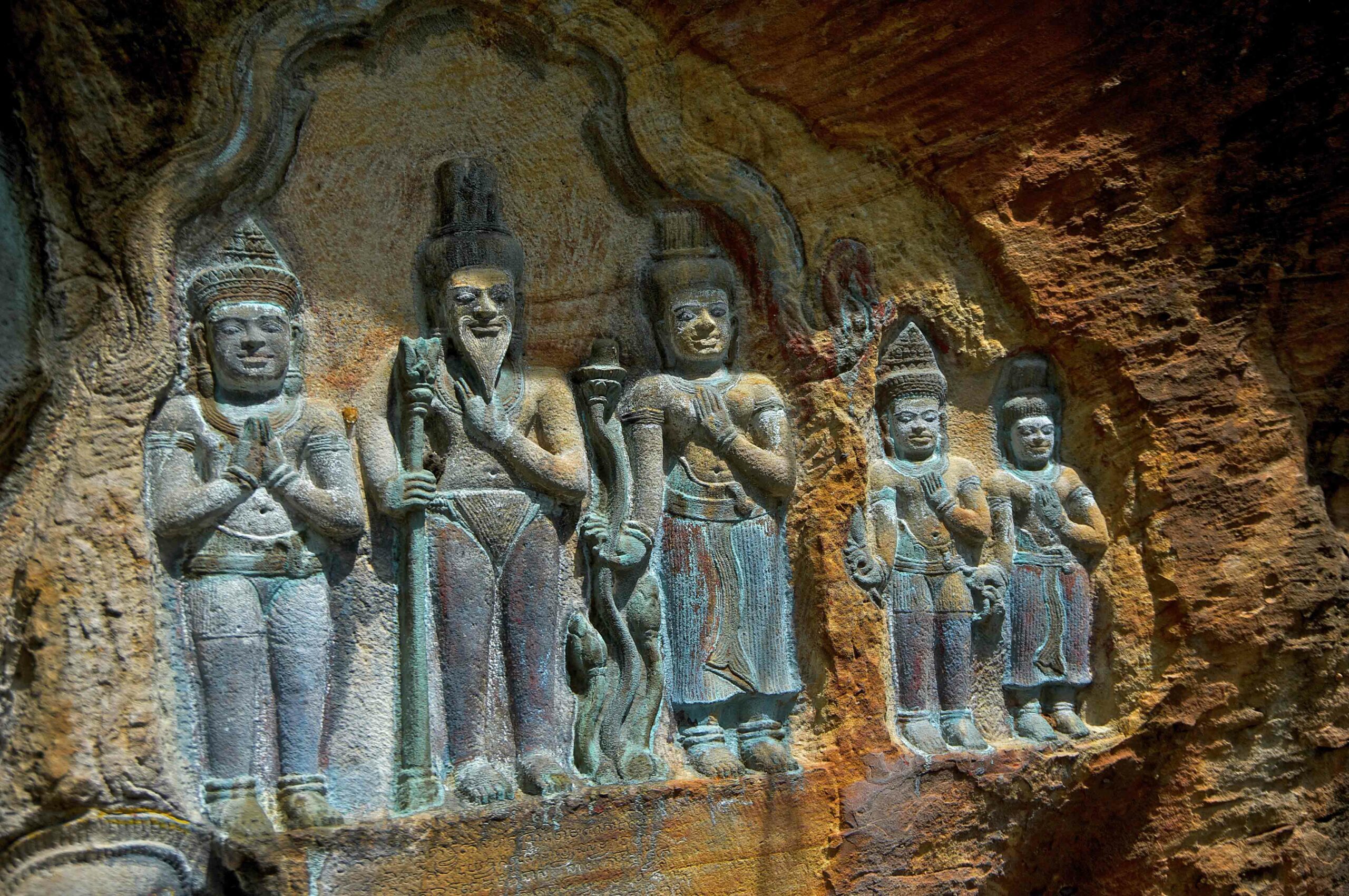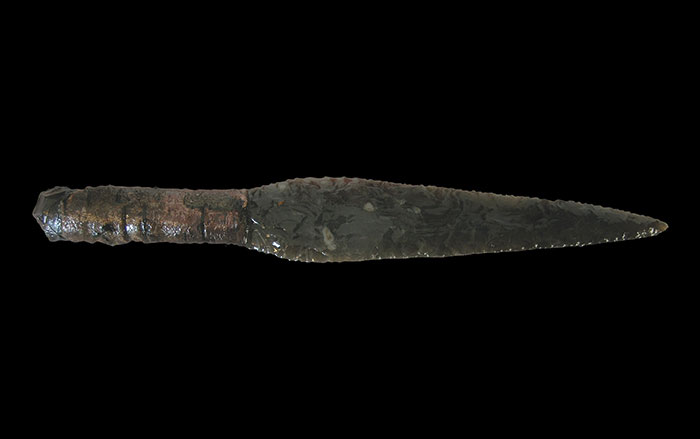
WASHINGTON, D.C.—A study of stone tools from Arabia, northeastern Africa, and the Middle East by Jeffrey Rose of the Ronin Institute, and Anthony Marks of Southern Methodist University, begins with the evolution of stone tools from the Nile Valley some 150,000 to 130,000 years ago. That was when hunter-gatherers chipped away the edges of a stone core in a systematic way to produce the single, triangular point characteristic of Nubian tools. It had been thought that the modern human makers of these tools moved rapidly to the Levant, where they invented the points, blades, and scrapers known as Emiran tools, first discovered in a cave near the Sea of Galilee in 1951. “The Emiran is the bridge technology. But where did these guys come from?” Rose asked National Geographic News. Rose and Marks propose that some of the early Nile tool-makers first traveled to Arabia, where their descendants spent tens of thousands of years and developed two new toolkits, whose stone points grew smaller and more elongated over time. Rose and Marks add that after climate changed pushed them into the Levant, these modern-human tool makers learned to strike many blades from a single core. The style of their tools may even have been influenced by local toolmakers, possibly Neanderthals. “Archaeologists have always focused so much on ‘out of Africa and into the Middle East’ that we’ve missed an entire chapter of the human expansion in Arabia,” Rose said. To read more about stone tool technology in Arabia, see "Who Crafted Saudi Arabia's 100,000-Year-Old Tools?"



